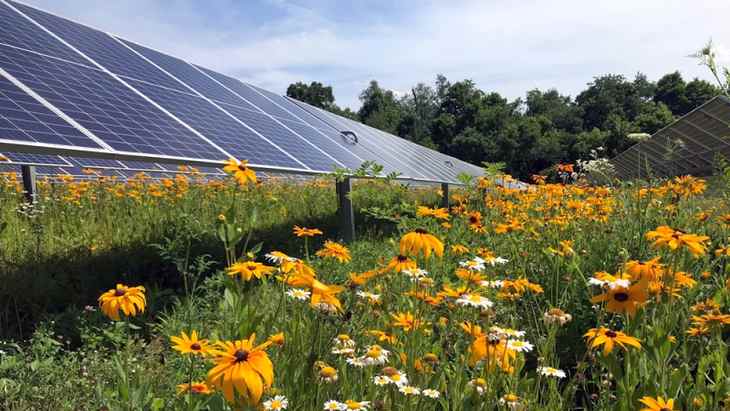Alec Bălășescu, Co-founder Re-Genera Group
Re-genera.eu
War is a human tragedy with terrible consequences that linger over generations. It is also a direct or indirect generator of innovation, through the socio-political and economic conditions it creates. The war in Ukraine is no exception. For the European Union, it revealed the political fragility and unsustainability of democracies when and if they depend on energy sources from places or countries that do not subscribe to the respect of the democratic system. Together with the hottest summer on record, marked globally by extreme climate phenomena from severe droughts in Europe to floods amounting to deluges in Pakistan, this war formed the perfect storm with winds that fill the sails of the energy transition.
REPowerEU was the rapid response of the European Commission to the new global conditions, communicated in May 2022, and explicitly aiming at ending EU’s dependency on Russian fossil fuels on the one hand, and acting decisively to reduce Climate Change and its effects. The plan requires calculated investments of 210 billions EUR by 2027, with additional funds made available through financing and grant programs (see REPowerEU).
The plan covers all energy sectors, with specific directives on developing infrastructure and policies that would lead to attaining the stated objectives of the initiative. The commission’s proposal to increase the 2030 target for renewables from 40% to 45% of produced energy creates the framework for other initiatives, including “a dedicated EU Solar Strategy to double solar photovoltaic capacity by 2025 and install 600GW by 2030.
One of the important and often overlooked details is that not only the energy source, but also the production and distribution of the renewable energy themselves must be sustainable and environmentally friendly. The solar energy production has two important particularities: high costs for the initial installment compensated by low costs of operation and the intensive use of land. The high cost of the initial investment should push investors to seek access to financing at lower costs. This automatically orients them towards meeting Environmental Social Governance (ESG) standards. The intensive use of land and the dilemma it causes (food or energy?) may point to choosing the path of agrivoltaic, that is using the land under the panels for (intensive) agriculture. While this is an important direction that has the potential to mitigate potential conflicts over land use, it does not necessarily answer ESGs – as intensive agriculture is not necessarily sustainable, and many agricultural lands are in the process of rapid deterioration directly caused by industrial monocultures. ESGs themselves are in a period of crisis and in need of redefinition, too loose criteria already lead to misplaced financing, greenwashing, and lost opportunities – see The Economist.
Land needs restoring and regenerating, and ESGs need to measure less, but more efficiently. A way forward to help land regeneration and agriculture all the while contributing to the repair of ESGs is to add substance to marketing, that is to deploy medium and long-term strategies for land stewardship that go beyond the simple dual use of land, all the while standardizing them for the industry and finance alike. In conjunction with, or instead of intensive agriculture, photovoltaic projects could devise innovative ways to create pollinator habitat, engaging the scientific and local communities, and helping thus the surrounding larger human and natural environment, agriculture included. A standardized set of criteria for building photovoltaic farms, based on scientific approaches on land preservation, accompanied by local and regional policies and incentives to implement them could mitigate the risk of greenwashing.
REPowerEU innovation component must take into consideration not only technological innovation in energy production and distribution but also innovation at the policy and governance level in order to successfully attain its goals. It is only at the intersection of technology, policy and ecology that we may find a way forward, and only in a manner that integrates local communities and stakeholders in the efforts of energy transition. Photovoltaic projects should avoid becoming “fields of steel” – as they are popularly known in Alberta, Canada – and aim to be true laboratories of land stewardship and regeneration.
